

The solid and broken bars in the eight image tiles in the top navigation are called trigrams. The octagonal trigram pattern is a common symbol for the Chinese term Bagua. The pattern has eight (ba) areas (guas). "South" is always found at the top of the Bagua. Each trigram represents a particular natural phenomena: Sky ☰, Lake ☱, Fire ☲, Thunder ☳, Wind ☴, Water ☵, Mountain ☶, Earth ☷. If you click on a , it will take you to the corresponding taekwondo form page. Each form has a trigram which I describe scientifically and call scigrams. The animation in the middle of the tiles is supposed to represent a kicking woman. A tangram is a puzzle which originated in China. It is created out of seven flat polygons that can be put together to form shapes.
The movements are listed here so that you can see the Korean translation for some of the techniques by hovering over the green and pink highlighted text.
| Stance | Movements | Poom |
|---|---|---|
| ready stance | ||
| forward stance, natural stance | Turn 90° to the left. Left low block in left forward stance, move left foot back into ready stance and then left hammer fist downwards strike (arm swings from inside to outside and arm ends parallel to the floor). | 1, 2 |
| forward stance, natural stance | Turn 180° to the right. Right low block in right forward stance, move right foot back into ready stance and then right hammer fist downward strike | 3, 4 |
| forward stance | Turn 90° to the left into left forward stance, left body block, right inside block | 5 |
| forward stance | Right front kick and into right forward stance, right back fist, left inside block in forward stance. When you execute the front kicks, your hand goes downward to groin level and then goes up towards your waist so that the back fist can begin at the waist level. | 6 |
| forward stance | left front kick and the left foot remains forward (left forward stance), left back fist, right inside block. | 7 |
| forward stance | step forward with the right foot into right forward stance, right back fist strike with kiyap | 8 |
| back stance , forward stance | Turn 270° to the left, left single knife hand side block in right back stance, right elbow middle strike while stepping forward right forward stance. | 9, 10 |
| back stance, forward stance | Turn 180 ° to the right, right knifehand block into left back stance, left elbow strike while stepping forward. Left forward stance. | 11, 12. |
| forward stance | Turn 90 ° to the left, left low block, right inside block in left forward stance. Then right front kick, keep foot forward, then right low block, left inside block in right forward stance. | 13, 14 |
| forward stance | Turn 90 ° to the left, left high block in left forward stance, right side kick into right forward stance, then left elbow middle target strike. | 15, 16 |
| forward stance | Turn 180 ° to the right, right forward stance, then right high block, left side kick into left forward stance, then right elbow target strike. | 17, 18 |
| forward stance, walking stance | Turn 90 ° to the left into left forward stance, left low block, right inside block, and then right front kick so that both feet spring forward and the right lands in front. right cross stance with right back fist and kiyap. For the cross stance, the legs are crossed, the knees are pressed together, and the heel of the back foot is lifted. | 19, 20 |
| parallel stance | return | Kuman |
| Learn just enough Hangeul to complete a crossword puzzle! | |
GO TO HANGEUL CROSSWORD PUZZLE | |
| PDF documents with taekwondo vocabulary in English, Hangeul, and transliterated Hangeul to download. I had a native Korean proofread the original documents and he corrected the Hangeul in red pen. | ||
| TKD Vocabulary: Korean to English | Vocabulary for Forms | TKD Vocabulary: English to Korean |
Lesson 5
Taegeuk Oh Jang, New Techniques
| Punches, Strikes, Thrusts | 치기, 지르기 | chigi, chirugi |
| me chumok naeryo chigi | 메 주먹 내려 치기 | hammer fist downwards strike |
| dung chumok ap chigi, deung jumok ap chigi | 등 주먹 앞 치기 | back fist strike |
| pal gup momtong chigi | 팔꿈 몸통 치기 | elbow middle strike |
| palgup momtong pyojok chigi | 팔꿈 몸통 표적 치기 | elbow middle target strike |
| Block | 막기 | Makki |
| hansonnal momtong yop makki | 한손날 몸통 옆 막기 | single knife hand side block |
| Stance | 서기, 굽이 | sogi, kubi |
| kkoa sogi | 꽈 서기 | cross stance |








